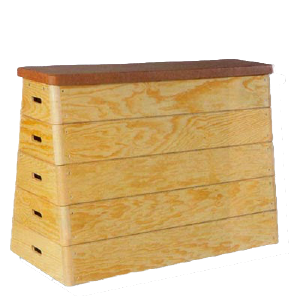Use BASE to not ruin what you already have

We used to use the APPEND and INSERT commands to add rows to internal tables. Now that ABAP has grown, we can use VALUE, REDUCE, CORRESPONDING, etc. But what if the internal table already has rows and we don’t want to lose them?
In that case you use BASE.
output_lines = CORRESPONDING #( input_lines ).
output_lines = CORRESPONDING #( BASE ( output_lines ) input_lines ).
The difference between the first and second lines is that, while in the first the content of output_lines is crushed in the operation, in the second it is preserved and the new lines resulting from the CORRESPONDING operation are added after the existing ones.
Luís Rocha suggested this topic and sent me the following examples:
LOOP AT lines ASSIGNING FIELD-SYMBOL(<line>).
result = VALUE #(
BASE result
sign = 'I' option = 'EQ' high = ''
( low = <line>-value ) ).
ENDLOOP.
In the example above you are building a range iteratively. Note that in this particular case you could alternatively have added FOR EACH to VALUE. But then you wouldn’t learn how to use BASE, would you?
In the example below, you add a few more lines of HTML to a table that already has some:
it_html = VALUE #(
( |<html>| )
( | <head>| )
( | <meta http-equiv="content-type">| )
( | <script type="text/javascript">| )
( | function onKeyDown(f)| )
( | \{ if(event.keyCode == 13)| )
( | \{ document[f.name].submit(); | )
( | \}| )
( | \}| )
( | </script>| )
( | <style type="text/css">| )
).
" (...)
it_html = VALUE #( BASE it_html
( | </style> | )
( | </head> | )
( | <body> | )
).
Thank you Luís Rocha for the suggestion and examples.
Greetings from Abapinho..
